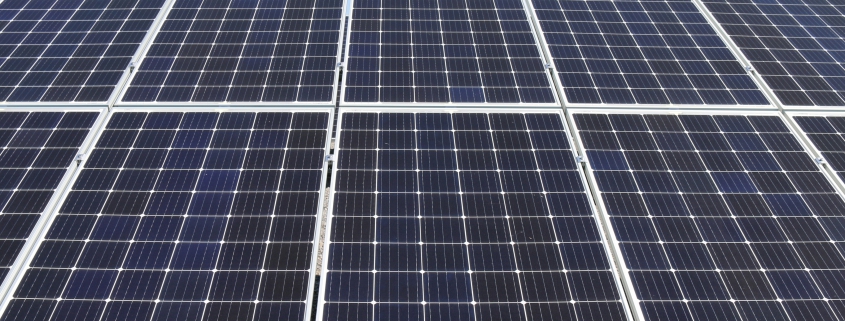Colorado Co-op Innovators Recognized
Grid modernization and clean energy solutions are the focus of the Smart Electric Power Alliance, providing tools and resources to electric utilities to engage in forward-thinking change. Each year SEPA awards individuals and utilities which demonstrate this innovative thinking to advance clean energy and create replicable projects.
2020 Power Players Award finalists include Colorado-based Tri-State Generation and Transmission CEO Duane Highley and Glenwood Springs-based electric cooperative Holy Cross Energy.
Highley was nominated for the Individual Power Player of the Year award. This award recognizes an individual who demonstrates leadership and innovation “to significantly advance an integrative perspective of clean energy, DER, grid modernization and its value as a resource to meet the needs of their electricity consumers.” In his first year at Tri-State, Highley led the organization through transformational changes to produce cleaner energy. With its Responsible Energy Plan, Tri-State has significantly expanded renewables, reduced emissions and increased flexibility for its member distribution cooperatives to develop more local renewable projects.
The Electric Cooperative Utility of the Year Award is given to an electric co-op that demonstrates leadership through innovation to significantly advance clean energy and grid modernization. Holy Cross Energy is a 2020 finalist for this award. In 2018, Holy Cross Energy adopted the Seventy70Thirty Plan, which established the goal for the co-op to attain 70% renewable supply by 2030. HCE is taking assertive steps to achieve this goal, including PPAs with a 100-megawatt wind project and a 30-MW solar project, both of which went online in 2019.



